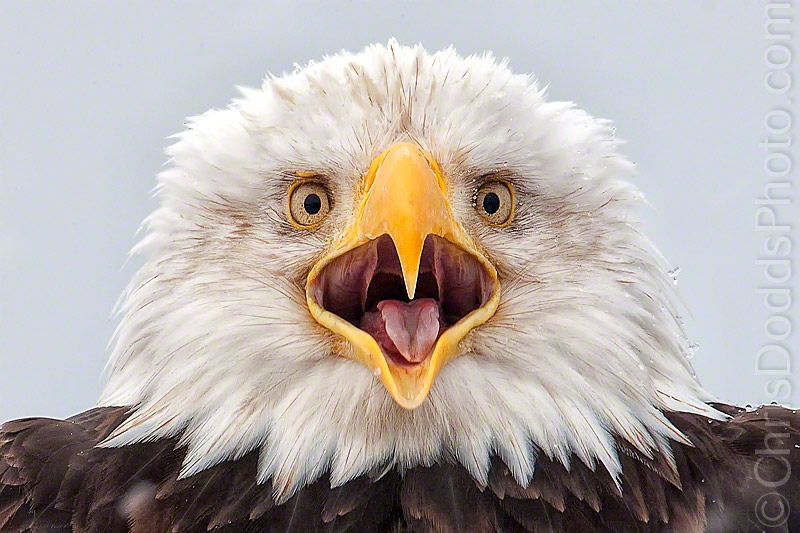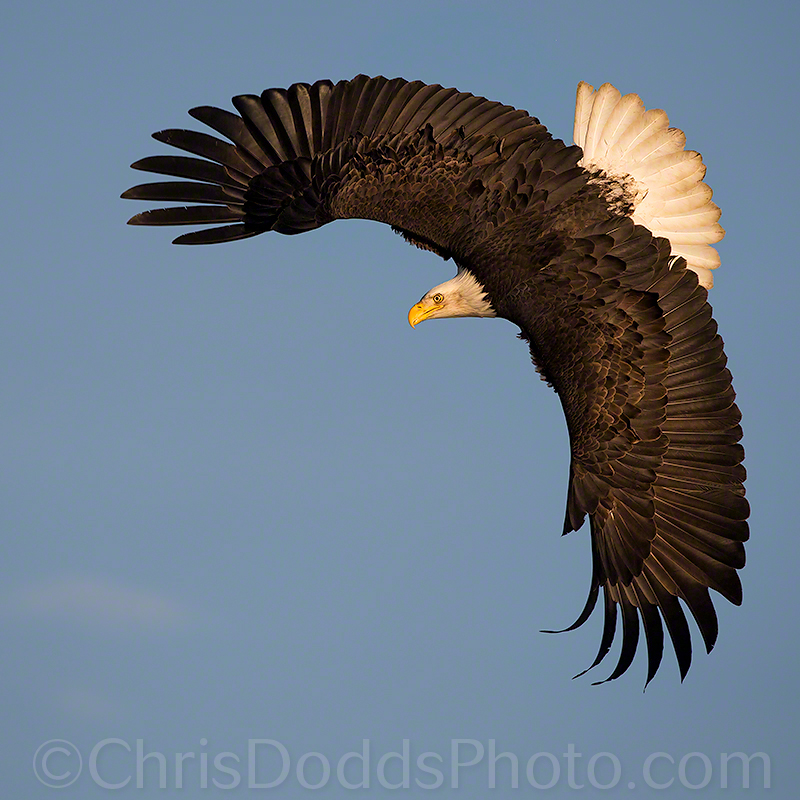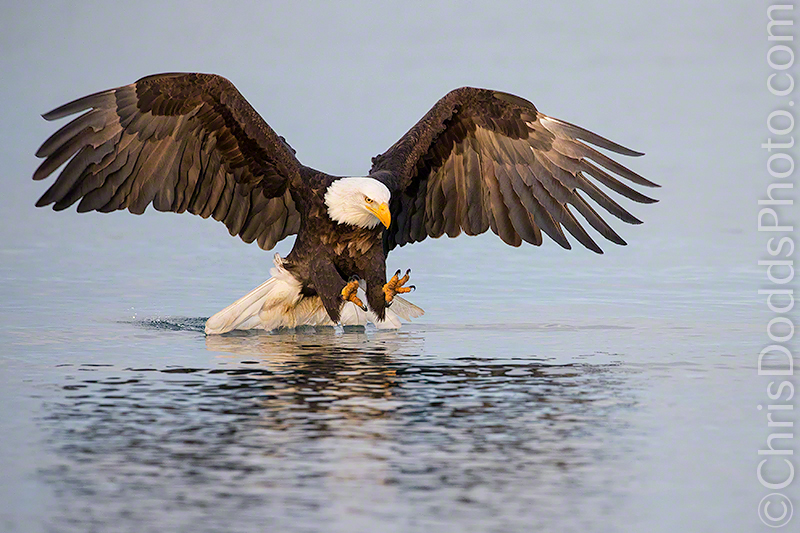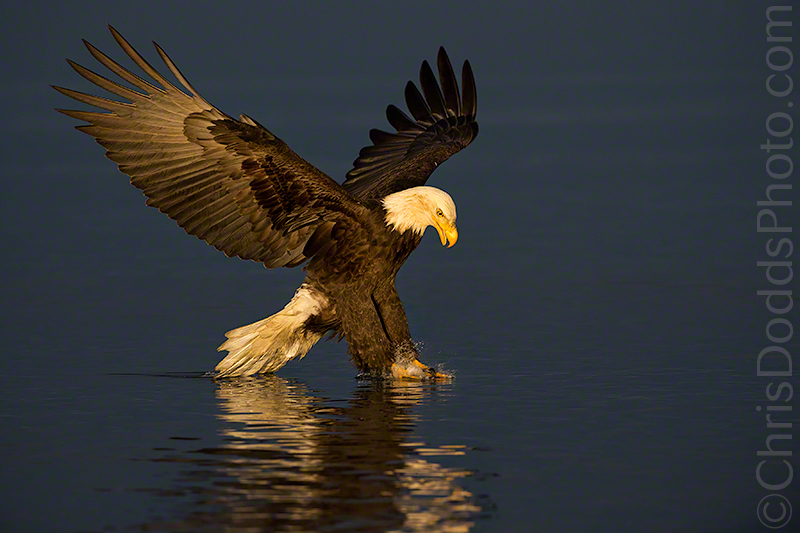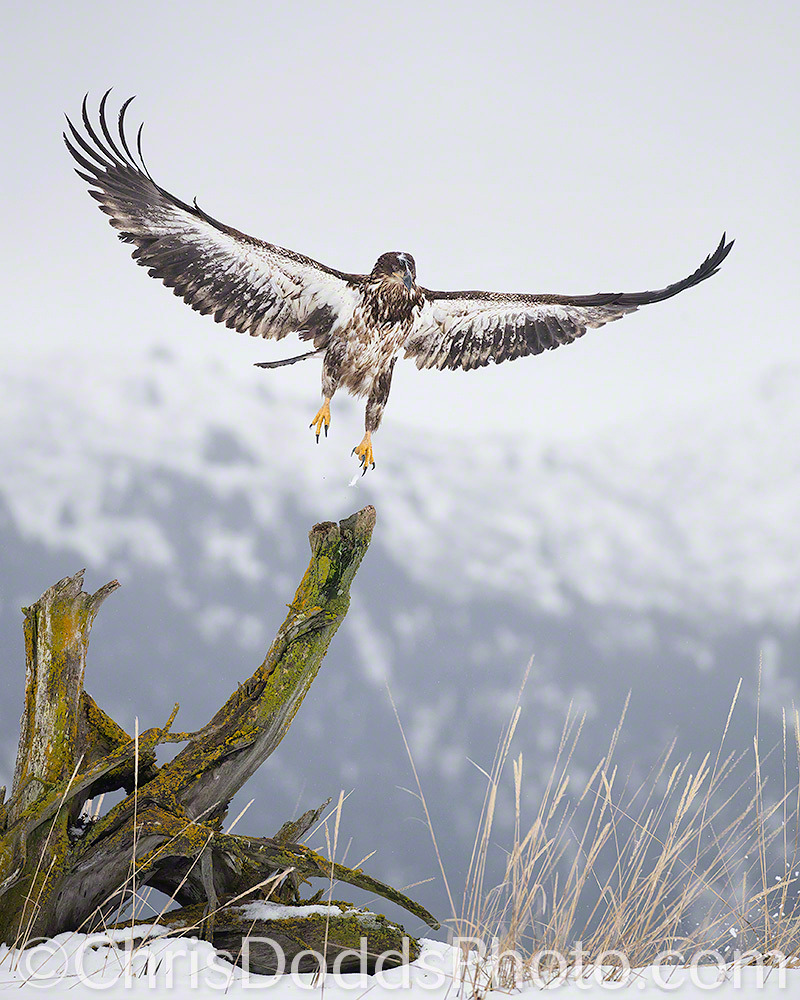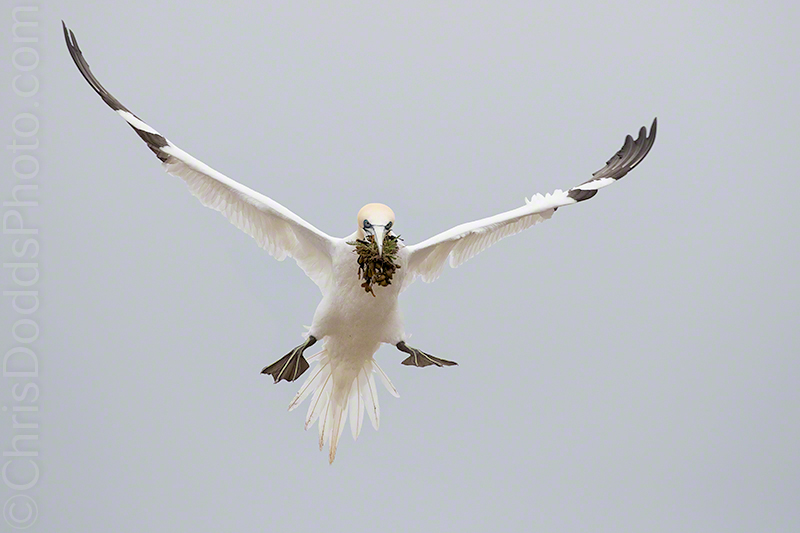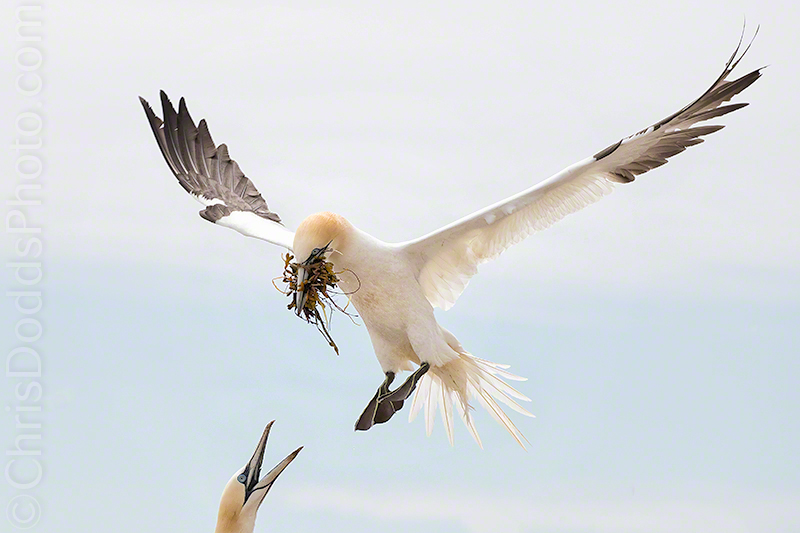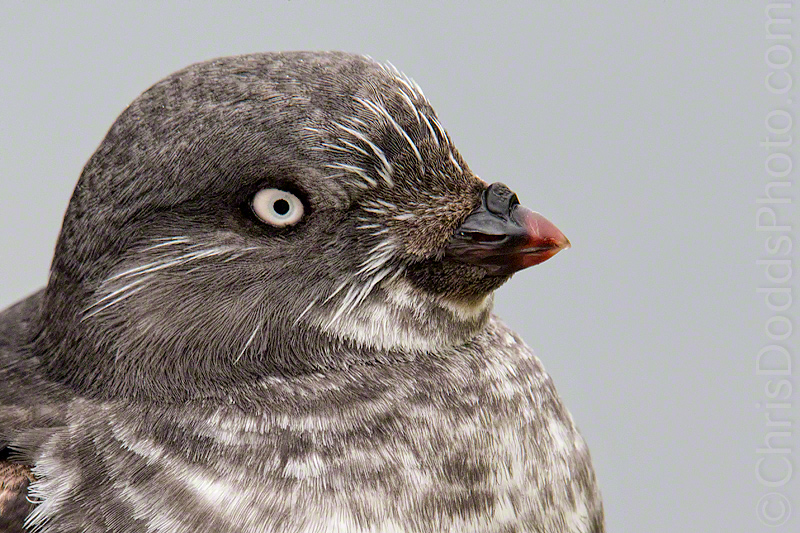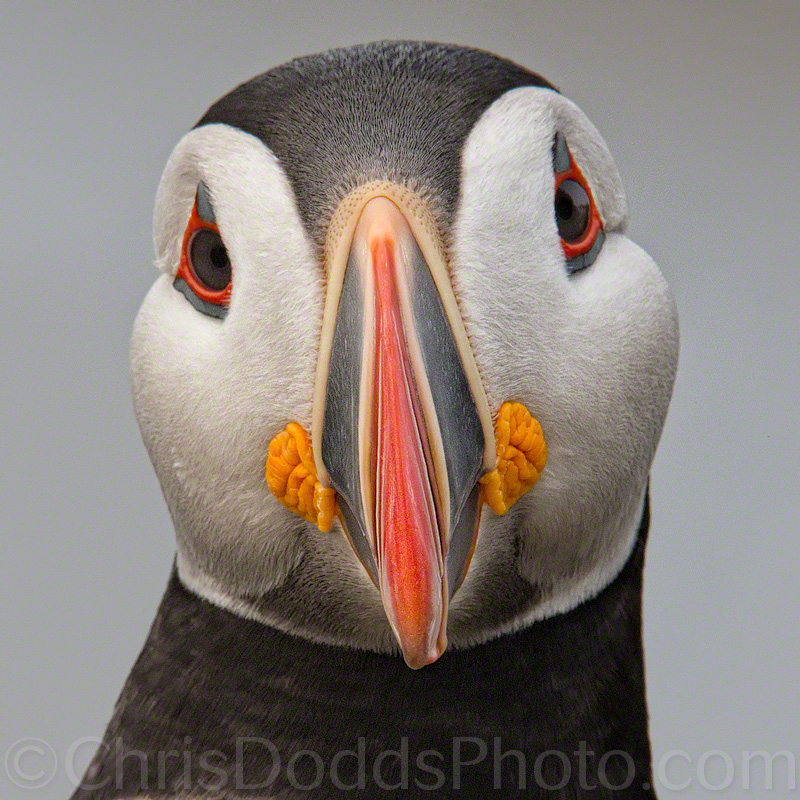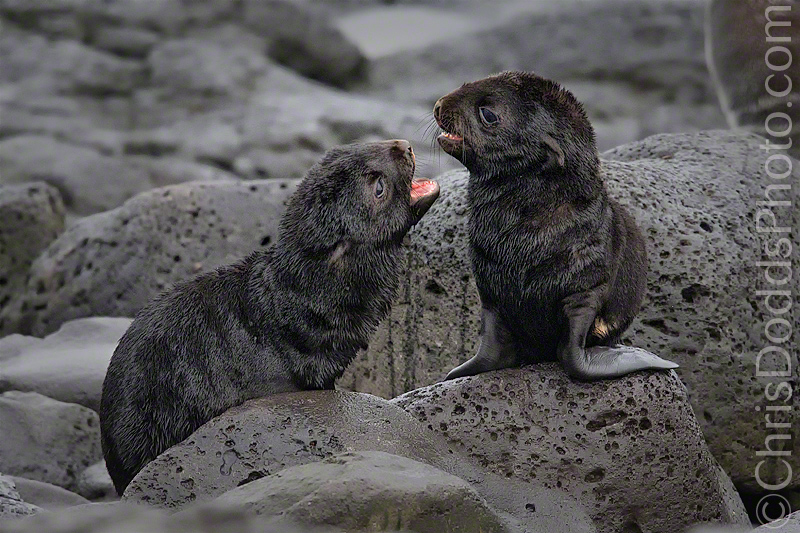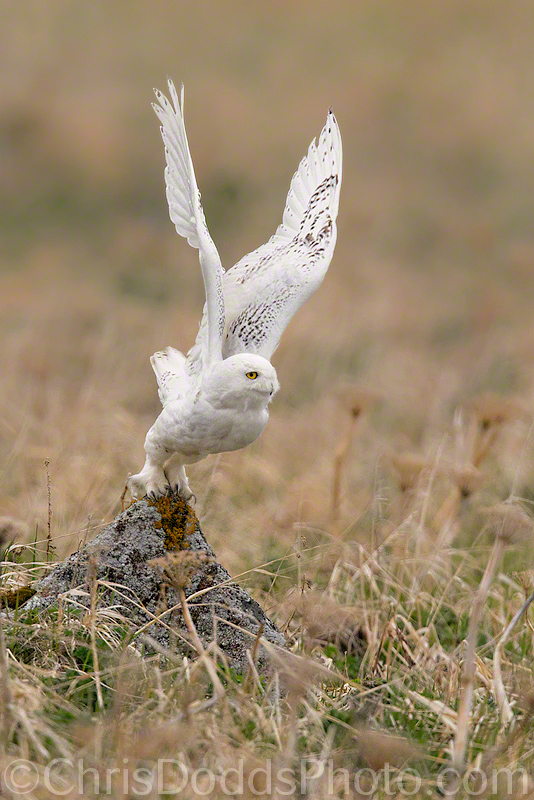
I'm just back from my annual back-to-back deluxe Atlantic Puffin workshops at the Mingan Archipelago National Park of Canada. The birds (puffins and Razorbills) and the folks in my groups were awesome! We had tons of laughs, epic photographic opportunities and some incredibly delicious food while staying in the lighthouse on the island for the four day (three night) trip.
Here's a favorite "grab shot" from the trip; I was putting my camera and lens together on an otherwise quiet morning while I noticed this Puffin circling. It was making it's way into it's burrow to feed it's Puffling (baby puffin) in some pretty sweet light. I called-out that it would continue to circle to those in the group who were near me. I quickly set the manual exposure and then pre-focused my camera at the distance I thought the Puffin would fly past me. This is the first of three frames captured. Call it a lucky shot, but years of photographing and watching seabirds, learning their behaviour and ensuring that my groups have the very best dates does ensure ample opportunities - smile.
Do be sure to book early for next year, as the trips are already starting to fill! Read more about my Deluxe Atlantic Puffin trip July 29 to August 1, 2017 HERE.
KUDOS
The four days and three nights on the I'ile aux Perroquets (Deluxe Puffins Galore Workshop) will go down in my mind as one of those life experiences that will stay with me forever. That isle is a very special place. You did an incredible job. I was thinking about you on the trip back. What does it take to be a top notch photographer as well as a gentlemanly guide, teacher, chaperone, and friend? You have a unique set of skills that somehow pull off the attributes necessary. Each and every one of us that left that island felt as though we had made a personal connection with you. That is no easy task. Must be a Canadian thing! Keep doing what you're doing. A very sincere "thank you" to you. This trip exceeded all expectations.
- Paul Treseler Massachusetts | USA
